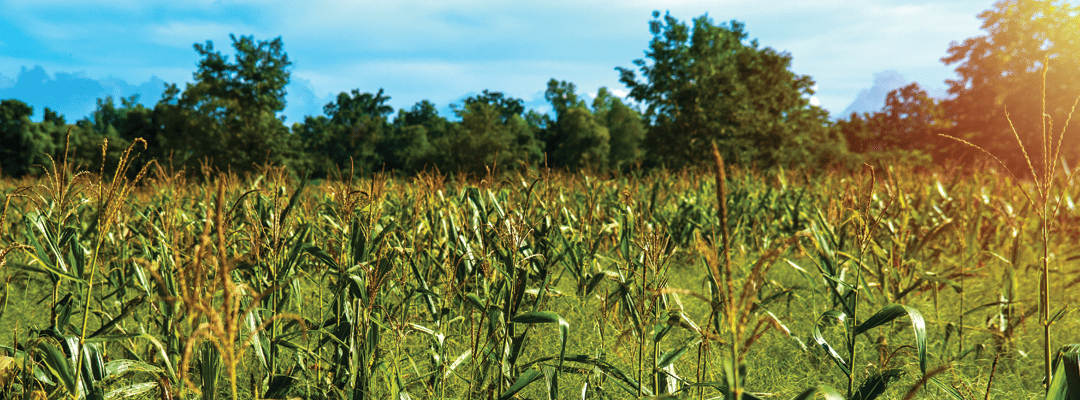Supply chain problems have impacted all industries at varying degrees, and agriculture hasn’t been excluded from these challenges. Limited quantities of herbicide, fertilizer, and other products have meant extreme price increases – in fact, many common herbicide solutions like glyphosate and glufosinate are 300 percent more expensive than in previous years.
And, this is only one challenge for weed management strategies in crop production. Many agricultural weeds respond well to rising temperatures and other impacts from climate change, like changes in carbon dioxide levels, rainfall amounts, and elevated temperatures. While more research is needed to truly understand the connection between these variables and weed growth in agriculture, there are data points that show some weed species do perform better under these conditions compared to crops.
What Does This Mean for Weed Management in Crop Production?
Between the high costs (and lack of availability) of common herbicide options, and the growing trend that weeds are becoming more stubborn, strategies to effectively manage weeds has shifted dramatically.
Traditional herbicide application focused on a broad application, but with the high costs associated with this input today, that equates to literally throwing away money if it’s applied to areas where weeds may not exist.
Precision weed management strategies provide a better method, helping to detect weed pressure, identify species, and even manage more targeted application to save on costs.
Weed Pressure: Identifying the Critical Period
To protect crop yield, researchers often talk about the critical period of weed management. This period occurs when weeds start to compete with crops for key resources that support plant growth.
Uncovering the timing of the critical period serves as the biggest challenge. Much of this is driven by weather and field conditions. Without uncovering the right timing, it can negatively impact crop growth and result in lower yields.
Using precision weed management capabilities, like flying an ag drone and sensor over the field after emergence, can help to uncover where weed pressure may exist. Combining this with data that indicates overall crop health can give a good indication of whether resources are being squeezed – and impacting crop growth.
Once the critical period is identified, there are a few key questions that can determine if now is the right time to treat. For instance, how many days has it been since planting? When did the crops emerge? Answering these questions can give a good indication of crop growth patterns – and whether weeds are stifling performance.
It’s important to understand and detect the weed species, since they respond differently to herbicide applications. Their growth patterns will also vary based on weather conditions. Even if weather provides the most unpredictability of any input in the season, there is often an indication of how it will progress in the coming forecast to understand if a particular weed species will thrive. Five days of rain in the forecast? Time to tackle the purslane.
Weed growth provides a better area of insight than weed species, especially when you look at the height of the weeds.
Herbicides will often provide insight into when to apply treatment based on weed height; but this isn’t always the tried-and-true method to follow. Waiting until weeds are too tall means that they are leaching resources away from crops, and potentially negatively impacting yield. And, often, taller weeds are stronger – requiring more herbicide treatment to kill, which can also negatively impact crop growth and yield rates.
The Art of Targeted Herbicide Application
Precision weed management for crop production goes beyond identifying weed species and pressure; it also can transform how you treat the weed issues at hand.
By using high-resolution aerial imagery, which is then translated into a detailed data visualization, it becomes clear where there are weed issues within the field.
From here, generate a prescription to upload into your nozzle spray equipment like John Deere ExactApply or the Raven Hawkeye. Once uploaded, apply to the field in key areas where weed pressure exists.
This targeted application results in herbicide only being applied where it matters most – reducing the cost of herbicide by up to 75% in some cases.
Beyond spot treatment herbicide application, getting detailed data sets about weed species and pressure provides more insight into weed performance – and resulting weed management strategies. For today’s agronomist, weed management will continue to be a key challenge, particularly as identifying and managing the critical period continues to be a bit nebulous, especially as weather and climate variables continue to have a lasting impact on treatment options.


